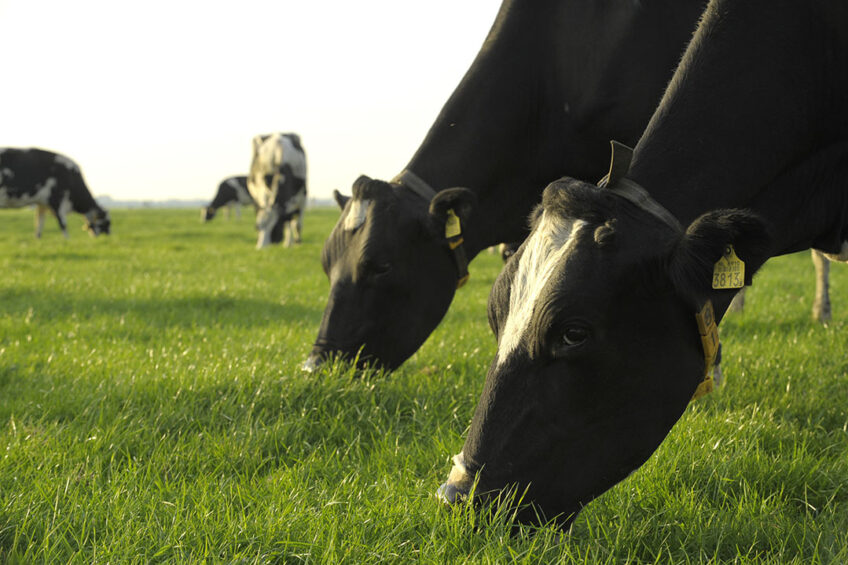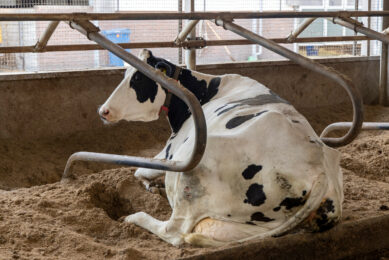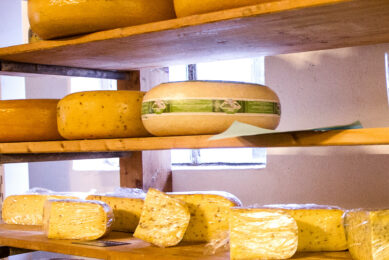How pasture access impacts cow welfare

Access to pasture or an alternative outdoor area is important – and scientists from Canada note that this can be an aspect of welfare that may be overlooked.
Pasture use can provide many benefits for farmers that are able to offer it to their cows, and although some of these benefits are not well known new research shows that on pasture, and to some extent on alternative outdoor access areas (especially bedded packs), dairy cows are enabled to express more of their natural behaviours, a fact which some farmers may not have considered in evaluating their cows’ welfare.
Strong milk production and general performance of a cow is often associated by dairy farmers with the welfare of their animals, “but that is not the end of the story,” says Dr Anne-Marieke Smid. “Being able to perform certain natural behaviours is also crucial for good welfare, and cows are often better able to perform a broader range of natural behaviours on pasture/outdoor pack.” Indeed, some countries such as Sweden, Norway and Finland have implemented regulations requiring dairy farmers to provide their cows access to pasture for specified periods based on the assumption that this provides them with the chance to better express natural behaviours compared to an indoor environment.

This May, Smid, a postdoctoral researcher at the University of Calgary in Alberta, Canada, with colleagues Daniel Weary and Marina von Keyserlingk at the University of British Columbia, published a review of pasture/outdoor bedded pack use in some developed countries, and their study of how normal dairy cow behaviour (lying, standing, walking, feeding, social, and estrus behavior) can be impacted by type of outdoor access.
Pasture access around the world
First, let’s look at pasture access around the world. Whilst information is not collected systematically in Europe, Smid and her colleagues found data from 2019 for Ireland which estimates pasture is provided for 95 to 100% of dairy cows. At the low end of the range is Denmark, Poland and Greece at less than 25%. Information on the percentage of farms in Europe that use alternative outdoor areas is limited.
In Australia, data from 2016 indicates about 99% of dairy cows had some pasture access and 89% were on pasture year-round; in New Zealand, it’s estimated that over 99% of current dairy herds have access to pasture some or all of the year. In the US, data from 2013 show that pasture was used as a primary management system for only under 3% of lactating cows and for 5% of dry cows. A survey done in Canada a few years ago concluded that about 19% of lactating cows and 57% of dry cows had pasture access, but these numbers are not considered completely reliable.
Results
These scientists found that on pasture, cows can obviously graze and also that – unsurprisingly – pasture use can facilitate lying, standing, walking and estrus behaviours.
“In addition, pasture can decrease the number of negative social interactions between cows,” stated Smid and her colleagues in their paper, “likely because more space per cow is provided than what is normally available indoors.”
Being on outdoor bedded packs appears to provide some benefits in terms of lying, standing and walking and may also have positive effects on social behaviour, especially with larger space allowances. “The effects of an outdoor bedded pack on estrus behaviour are less well-documented,” stated the scientists, “but the provision of a standing surface that provides better footing than typically-available indoors may promote estrus behaviour.”
Also not surprisingly, Smid and her colleagues add that, given challenges with concrete or other hard flooring in terms of cows being able to lie down, walk and so on, bedded packs may be more suitable than concrete.
Watch for an upcoming in-depth Dairy Global feature on effective pasture use, and a future feature on how farmers new to pasture use can transition to using it.
Join 13,000+ subscribers
Subscribe to our newsletter to stay updated about all the need-to-know content in the dairy sector, two times a week.










